On This Day…January 5th
On January 5th, 1941 while flying an Airspeed Oxford for the Air Transport Axilliary from Prestwick (Scotland) to RAF Kidlington near Oxford, Amy Johnson found herself off course in poor weather conditions. Reportedly out of fuel, she bailed out as her aircraft crashed into the near freezing waters of the Thames Estuary near Herne Bay.
Johnson achieved worldwide recognition in 1930 when she became the first woman pilot to fly solo from England to Australia. In truth this was but one of her achievements in a short life full of ‘firsts’.
The crew of the nearby HMS Haslemere saw Johnson bail out and parachute into the water. Conditions were awful; a strong tidal pull, falling snow, and heavy swell. Amy was unable to grab a rescue rope and Lt Cmdr Walter Fletcher, the CO of the Haslemere, dived into the freezing water water to try and reach her. Despite getting within arm’s length of her, she disappeared and Fletcher was pulled back aboard, only to die from hypothermia two days later.
To this day there remains controversy over her death. Anti Aircraft crews confirmed firing 16 rounds at an aircraft failing to give the correct FoF code in the exact location she was flying over and saw the plane crash into the estuary. For many years this information was censored. Amy’s body was never found and there is evidence that the Haselmere actually backed into her while in an attempt to dislodge from a sandbank, this also being kept from public knowledge for fear of the Navy being accused of killing one of the RAF’s abiding heroes.
A sequence of three photos taken on 5th January, 1945. Taken from the port catwalk of the USS Natoma Bay (CVE-62), in the first image you can see a Japanese Zero bearing down (centre, just left of AA burst).
The second photo shows the Zeke level out (the port undercarriage dropped), clearly aiming for the carrier. Some of the crew have sought shelter under a Wildcat, expecting the worst.
This last photo shows the aircraft’s splash as it (thankfully) misses the Natoma aft and starboard.
Lancaster KB722, VR-A, nick named "Hecklin Hare II" after a 1941 Bugs Bunny cartoon was one of 419 squadrons veteran aircraft. Credited with 63 operations each displayed as a carrots on the side of her fuselage.
On the night of January 5th, 1945, ‘Hecklin Hare II’ found itself under fire from another Lancaster in the same formation (two hours into a sortie heading for Germany) flying slightly ahead and below them.
The Hecklin’ Hare took hits on both inner engines which began to blaze. The two engine fires were extinguished by the Graviner system, stopping the fire from spreading. In addition to the damage to the engines there was no intercom, the flight instruments were blown, and the lighting system was out.
With the two blown engines feathered the weight of the bombs became a concern, and after safely jettisoning them, the pilot (F/O N.D. Mallen) decided to change heading from the Dutch/German border and back towards Brussels rather then land in enemy territory. He headed for an emergency field at Juvencourt which he found to be fogged in. His next decision was to try and make a run to RAF Manston back across the channel.
On only his second ever operation, Mallen was performing heroics. A lucky gap in the fog allowed him to see and prepare for a ‘wheels up’ landing on a farmers field.
It was a very rough landing, with the crew severely battered. However, they had landed just two miles from a road leading directly to an American Military Hospital. Four of the crew were badly injured in the landing and the uninjured were taken to the RAF base at Epinoy and flown back to England.
———————————-
The remains of B-24 (42-50793) in the heavy snows of North Pickenham (England) following a crash on January 5th 1945. One of two 491st aircraft that crashed that day in heavy snow storms.
What a diorama this would make...PBM-3 Mariner aircraft of US Navy patrol bomber squadron hoisted aboard seaplane tender Albemarle in Guantanamo Bay, Cuba, 5th January, 1945.
————————
Above, is the USS Wasp, photo taken today in 1955, near Taiwan. The Wasp (CV-18) was originally laid down under the name of Oriskany, but the name was changed before launch after the loss of the previous USS Wasp (CV-7), torpedoed near Guadalcanal in September of ‘42.
Original Wasp (CV-7) in 1942...
The new USS Wasp was commissioned into service in Nov 1943. Between 1952 and 1972, she saw service in the Atlantic Ocean, Caribbean Sea, Gulf of Mexico, Mediterranean Sea, and the Pacific Ocean. Not bad for an old girl.
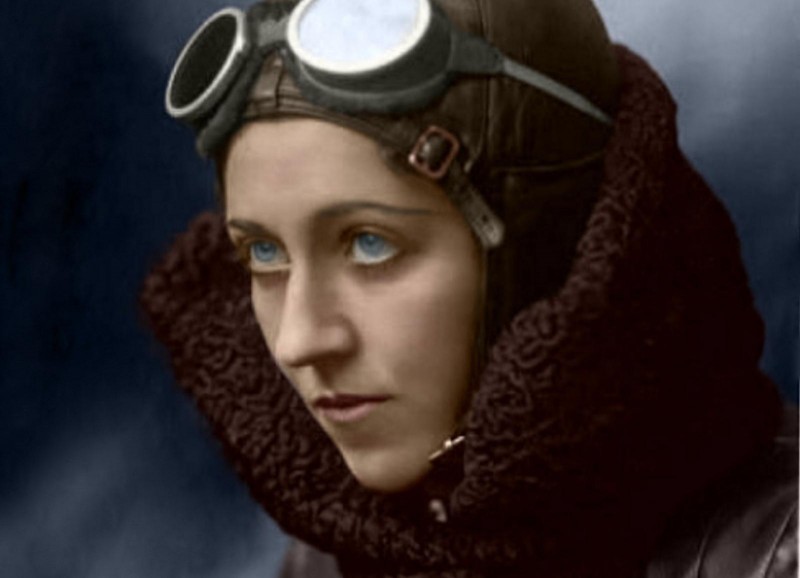
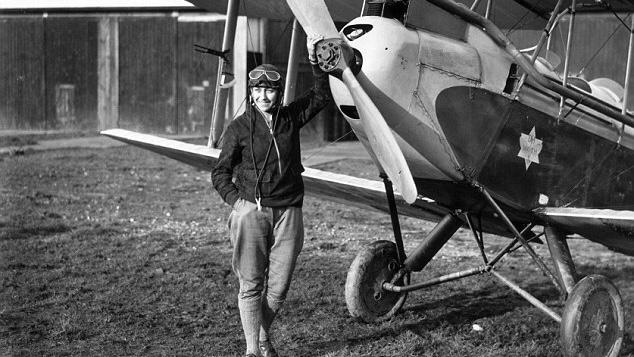
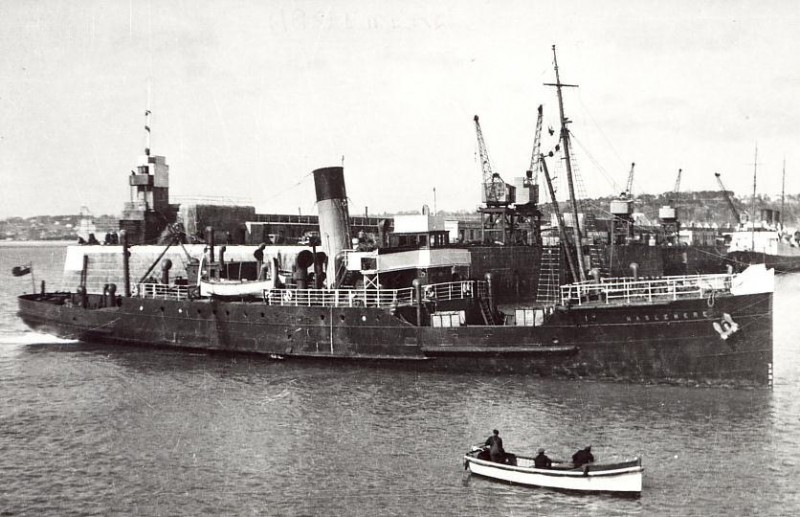
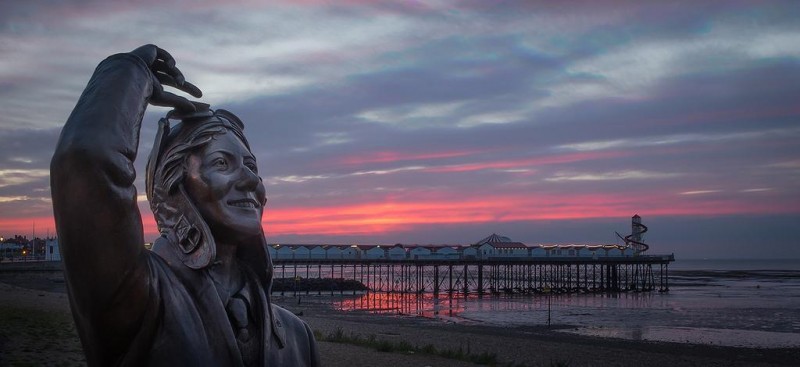

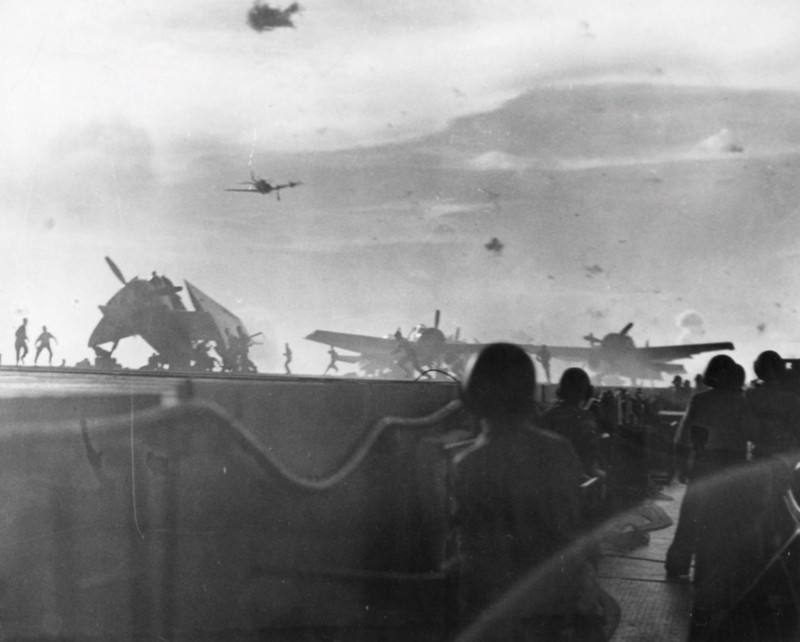


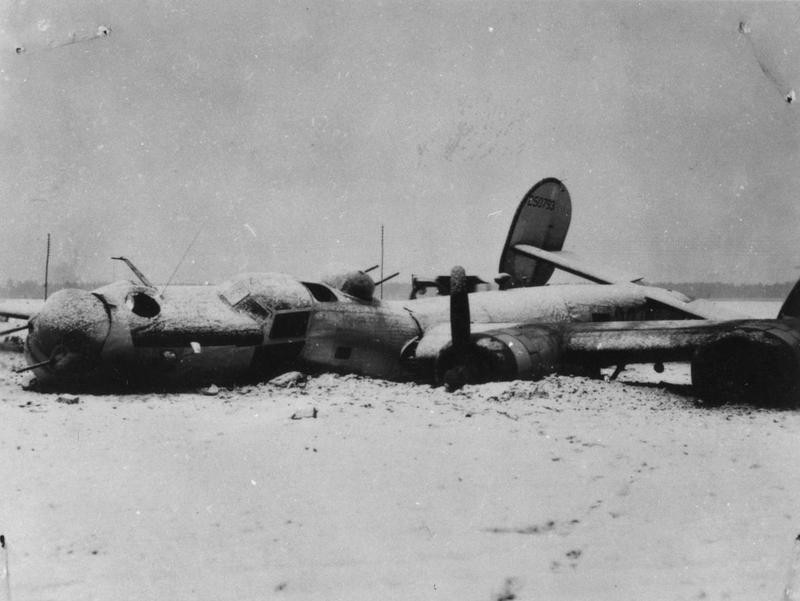


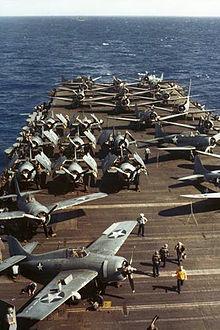
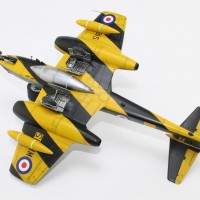
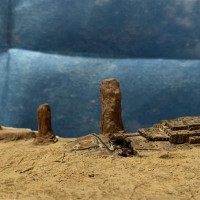

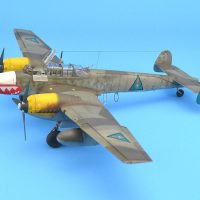
This is an exceptional series of photos and the history, sad as it is, of Amy Johnson is very interesting. I had never heard of her before now.
Well done, David!
Shame about Amy , some people seem to just get on and do stuff that most of would think about and then dismiss.
So the Lancaster P/O was heading for England but changed his mind and came down in Holland or Belgium ?
Great set Dave, are you going to keep this going for one full year or just keep going with it ?
N.
Cheers, Jeff. Amy is very much our UK version of Amelia Earhart, who also came to a tragic and mysterious end. Thanks for having a peek, Jeff!
Hi Neil. Regarding the ‘Hecklin’ Hare’ - Mallon brought the Lanc down in a farmer’s field, just outside Guise, Northeast France, near the Dutch border. As I can tell, that decision was made due to a break in the dense fog, the thinking probably being that this could be his last chance at a dry landing. Co-incidentally, there was an Australian B-26 called ‘Hecklin’ Hare’...
In terms of the series, I’m planning on exactly one year of posts but life has a funny habit of throwing banana skins. I’m thinking that if I miss one before October (when I started) I’ll end there.
Thanks for checking in, really appreciated.
The geezer on the end looks decidedly camp with his pith helmet at a jaunty angle, whereas the one in the middle looks like bare knuckle boxer.
N.
A real interesting set this time!
Buenísimas fotos e historias !.Es muy interesante David. Gracias!
Another informative and enjoyable review of history. Thanks David.
look at those guys riding the load on the PBM...somebody call osha...my dad served on three seaplane tenders after he became an aviator then went ASW...currituck, salisbury sound and the pine island...he took us kids to breakfast on all three...steak & eggs of course...pilot food ;0)